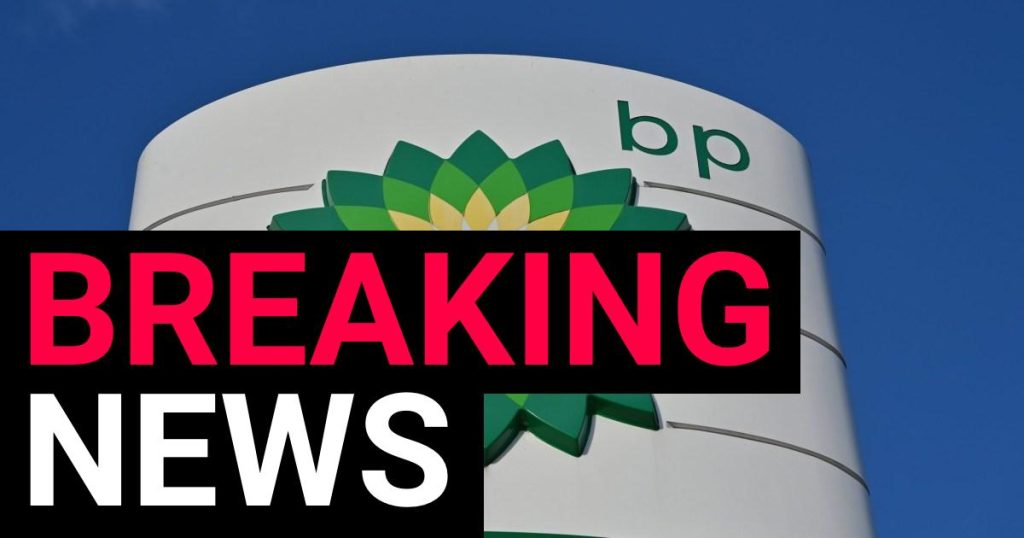Fuel Contamination Incident at Essex BP Station Disrupts Drivers, Prompts Investigation
A seemingly routine fuel stop at a BP petrol station in Rayleigh, Essex, turned into a major inconvenience for dozens of motorists when their vehicles experienced sudden malfunctions shortly after filling their tanks. The incident, which unfolded on Tuesday, caused widespread disruption and prompted a swift investigation by BP. Initial reports suggest that a contaminated fuel tank was the source of the problem, leaving a trail of stranded cars and frustrated drivers in its wake. The affected tank was promptly isolated, and while the station has since reopened, the compromised pump remains out of service. BP has initiated a comprehensive investigation to determine the extent of the contamination and the number of affected customers. They have also established a dedicated email address, careline@bp.com, for concerned individuals to contact their support team.
The incident triggered a surge in calls for roadside assistance, with one local recovery firm, Fuel Out, reporting a staggering 30 calls related to the contaminated fuel. The owner of the firm, Lee Pretlove, described the situation as highly unusual, with the volume of calls far exceeding the norm. He indicated that the impact of the incident extended for several days, with his team continuing to receive calls and assist stranded motorists even on Thursday. While the exact number of affected vehicles remains unclear, Mr. Pretlove estimated that as many as 100 cars might have been impacted, suggesting that other recovery services like the AA and RAC likely received a similar influx of calls. The incident underscores the significant disruption that fuel contamination can cause, highlighting the importance of prompt action and thorough investigation to mitigate the impact on motorists.
Identifying and Addressing Fuel Contamination: A Guide for Drivers
Fuel contamination, though infrequent, can cause significant engine problems, often appearing seemingly out of the blue. Recognizing the symptoms is crucial for prompt action, minimizing potential damage to the vehicle. Experts at Fuel Fixers highlight telltale signs such as erratic speed fluctuations, reduced acceleration, and engine sputtering. If these symptoms manifest shortly after refueling, fuel contamination should be considered a strong possibility. Immediate action is recommended, as the longer contaminated fuel remains in the tank, the greater the risk of damage to the engine and fuel system components.
Draining the contaminated fuel is the primary course of action, a task best handled by professional recovery services equipped to handle the process safely and effectively. Attempting to drain the fuel oneself can be hazardous and is generally discouraged. Contacting a reputable recovery operator is crucial to ensure the contaminated fuel is properly removed and disposed of, minimizing environmental impact and preventing further issues. Furthermore, seeking professional assistance allows for a thorough inspection of the fuel system to identify and address any potential damage caused by the contamination.
Cold Weather Compounds Breakdown Woes: A Busy Week for Recovery Services
The fuel contamination incident coincided with a period of exceptionally cold weather and icy conditions across the UK, further exacerbating the challenges faced by motorists and placing immense strain on recovery services. The RAC reported one of its busiest weeks for breakdowns in five years, highlighting the significant impact of adverse weather conditions on vehicle reliability. The combination of freezing temperatures, icy roads, and the fuel contamination incident created a perfect storm, leading to a surge in breakdowns and stretching recovery resources to their limits. The RAC’s statement underscored the unprecedented demand for breakdown assistance during this period, directly linking it to the severe weather conditions that gripped the nation.
The prolonged cold snap and the resulting surge in breakdowns not only inconvenienced drivers but also highlighted the crucial role of recovery services during periods of adverse weather. The increased workload faced by these services underscored the importance of preparedness and the need for adequate resources to handle such demanding situations. The incident served as a reminder of the vulnerability of vehicles to extreme weather conditions and the importance of regular maintenance to minimize the risk of breakdowns.
BP’s Response and Ongoing Investigation: Addressing Customer Concerns and Preventing Future Incidents
BP has taken swift action in response to the fuel contamination incident, isolating the affected tank and reopening the station while investigations continue. The company has also established a dedicated communication channel for affected customers, inviting them to contact their support team at careline@bp.com for assistance and updates. This proactive approach demonstrates BP’s commitment to addressing customer concerns and resolving the issue promptly. The company has emphasized the ongoing nature of the investigation, indicating their dedication to identifying the root cause of the contamination and implementing measures to prevent similar incidents in the future.
BP’s response reflects the importance of transparency and accountability in handling such situations. By actively engaging with affected customers and providing a clear communication channel, the company aims to mitigate the impact of the incident and rebuild customer trust. The ongoing investigation underscores BP’s commitment to identifying the source of the contamination and implementing corrective actions to prevent future occurrences. The incident serves as a valuable learning opportunity for the company and the wider fuel retail industry, highlighting the importance of stringent quality control measures and robust contingency plans to address unforeseen issues.


